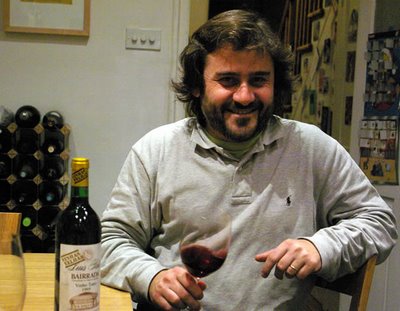
Continuing my recent Portuguese theme, Luis Antunes came round for tea last night. He's an academic (
home page here) at the University of Lisboa, and in his spare time he writes about wine for Revista Vinhos, Potugal's leading wine magazine. I first met Luis for real (i.e. other than online) at Dirk Niepoort's 40th celebration weekend in Porto back in 2004, and have subsequently rubbed shoulders with him in the Douro and Bordeaux. So we had a really fun evening of modest excess.
We began with some fizz.
Champagne Perrier Jouet Belle Epoque 1999 is pretty serious stuff. I suppose it should be, retailing at £75 and coming in a beautiful painted bottle. It has a lovely expressive, Chardonnay-dominated complex nose that is toasty and lemony. The palate is crisp and toasty with delicious savoury, lemony complexity. Sylish and quite serious. 93/100
Then we had a look at the
Tapanappa Whalebone Vineyard Cabernet Shiraz 2004 from Wrattonbully in South Australia. It's an elegant Aussie with sweet, smooth fruit. Some structure, too. This is still noticeably Australian, with its sweet fruit profile, but I think it will age well.
So, to Luis' bottle - a rare bottling from Alentejo producer Esporao.
Herdarde de Espor„o 2000 1o Prťmio do X Concurso Os Melhores Vinhos do Alentejo 2000 Alentejo, Portugal
This rare wine from Esporao has a sweet, aromatic, slightly volatile nose with sweet red fruits and a bit of tar. The palate is quite spicy with dense, rather sweet red fruits and good acidity. It's still fresh for a 2000, the volatility the only thing that gives its age away. Interesting but not great: I expect that this would have been very impressive a few years ago, made in a very fruit-forward modern style. 89/100
This is the stage where I dug out an old Portuguese bottle that I wasn't that hopeful about. I'd bought it for peanuts many years ago from a retailer in a bin-end sale, and it hadn't been terribly well stored since. But it proved to be a brilliant wine, ageing nicely.
Luis Pato Vinhas Velhas 1995 Bairrada, Portugal
60 year old Baga vines have made this wine, which was aged for 10 months in new oak. It's really fantastic now, 12 years on. It has an earthy, spicy, savoury red and black fruits nose which is quite stylish and aromatic. The palate is smooth with a nice spicy, earthy savouriness and still quite a bit of fruit. Quite fresh and drinking very well now, especially with food. 90/100
Then we hit some sweet stuff. A brilliant Tokaji. Every time I drink a Tokaji, I kick myself for not drinking them more frequently. For me, this was the wine of the night, although the Bairrada was the one that left the strongest impression just because it had aged so unexpectedly well.
Disnůk? Tokaji Aszķ 5 Puttonyos 1995 Tokaji, Hungary
Orange/gold colour. Complex, sweet marmalade, apricot and spice nose. The palate is complex and sweet with spice, vanilla, apricot, citrus and tea notes. Quite viscous and dense with lovely lively acidity. Fantastic, complex sweet wine. 94/100
Labels: Alentejo, bairrada, Hungary, Portugal, Tokaji
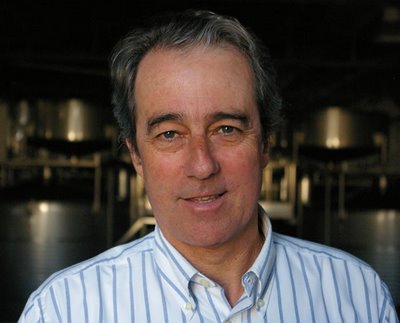
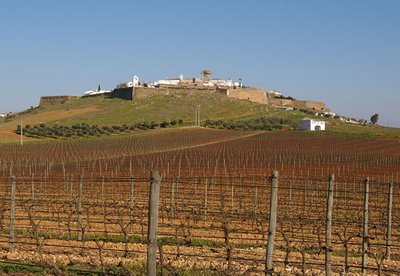
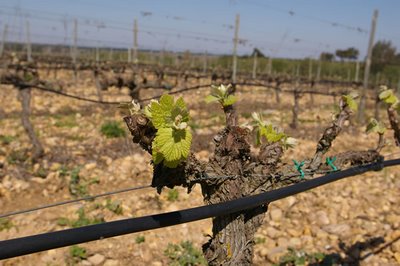 The Falua winery is home to the Tagus Creek brand, as well as Conde de Vimioso. The Ribatejo isn't a very well known region outside Portugal, but the wines offer excellent value for money.
The Falua winery is home to the Tagus Creek brand, as well as Conde de Vimioso. The Ribatejo isn't a very well known region outside Portugal, but the wines offer excellent value for money.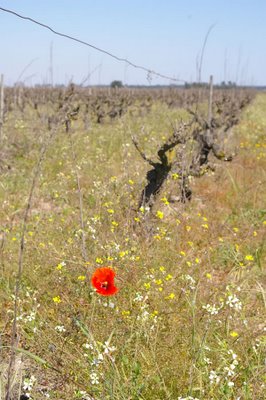 We lunched on cow's feet and chick peas at a small restaurant close to the winery. The cow's feet were gelatinous (mostly collagen), but the overall effect was a good one!
We lunched on cow's feet and chick peas at a small restaurant close to the winery. The cow's feet were gelatinous (mostly collagen), but the overall effect was a good one!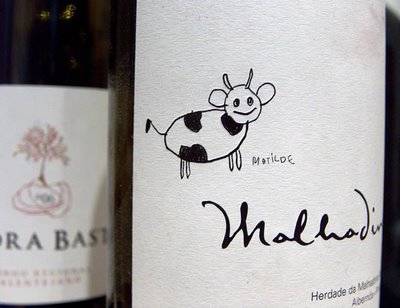
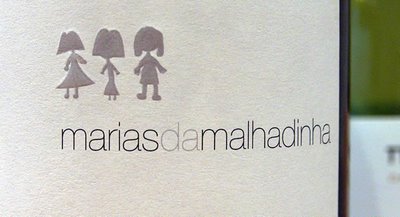
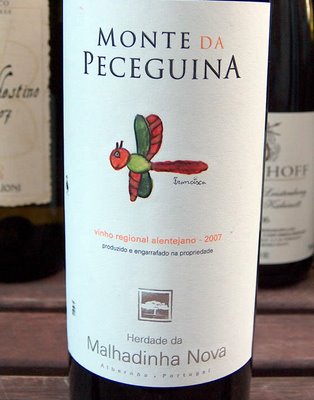
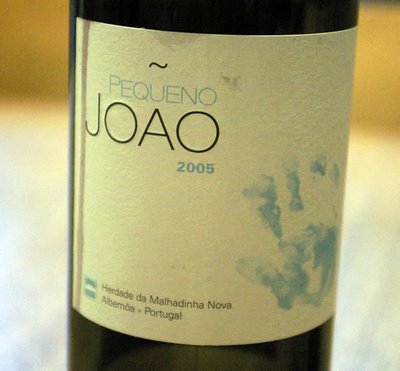
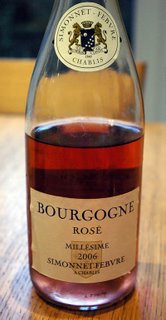
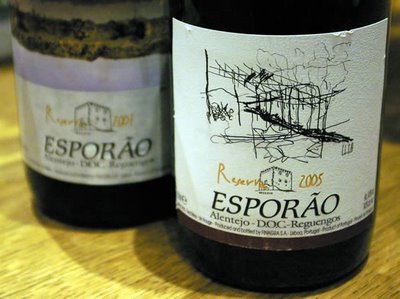
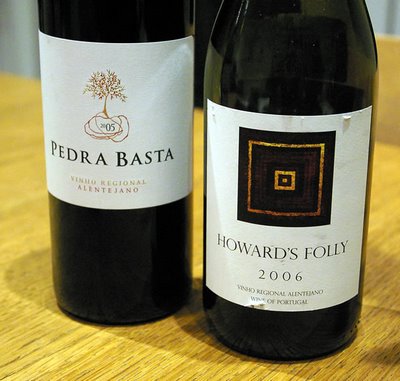
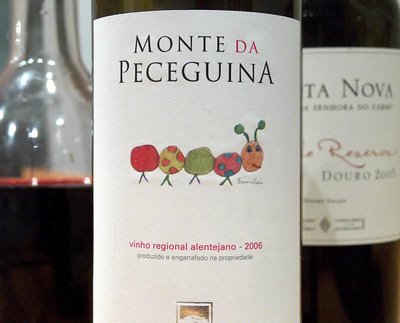

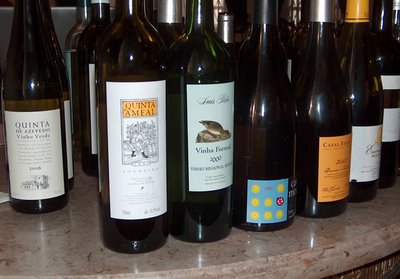
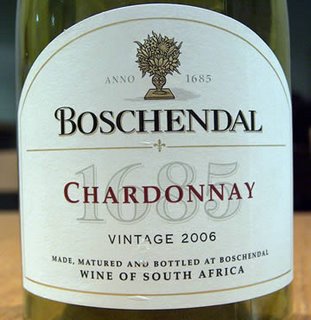
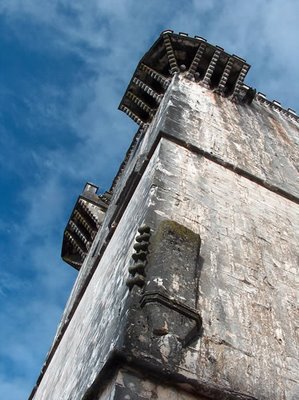
 The web log of wine journalist Jamie Goode. Feel free to nose around; your comments are welcome
The web log of wine journalist Jamie Goode. Feel free to nose around; your comments are welcome 
